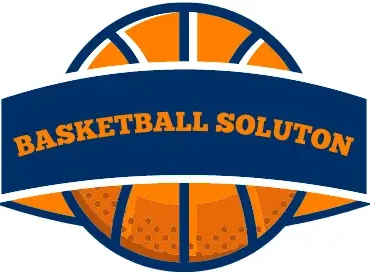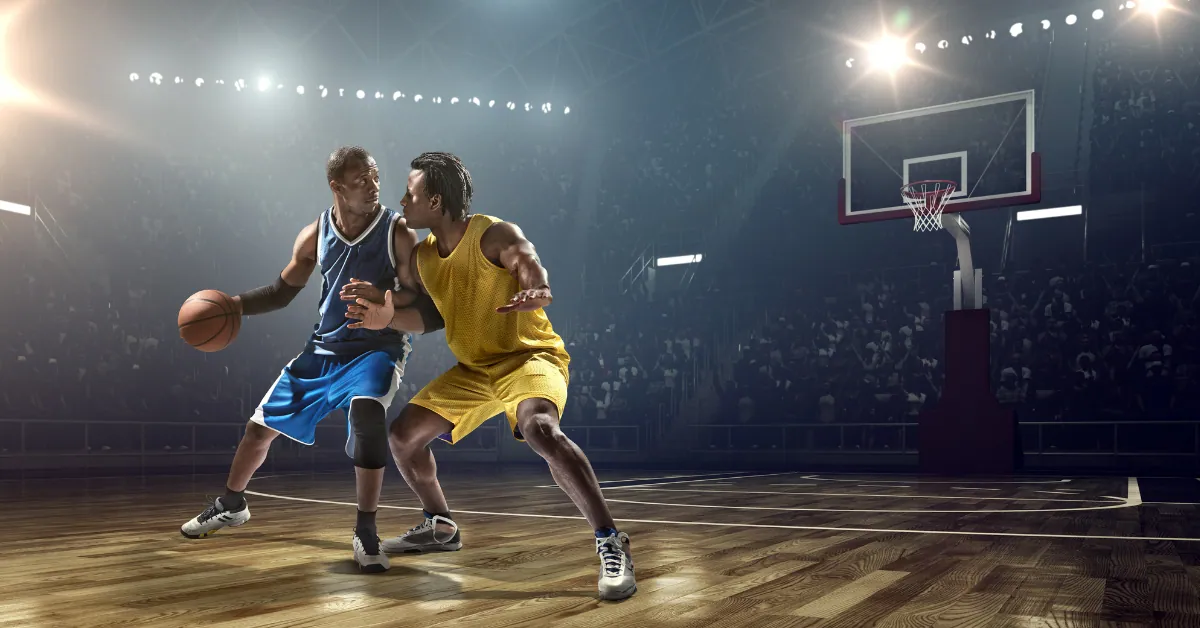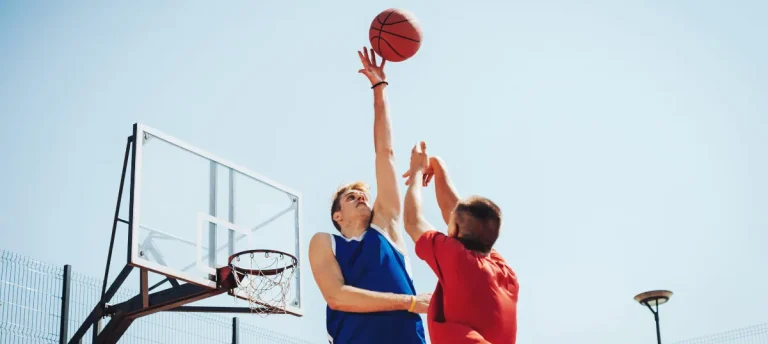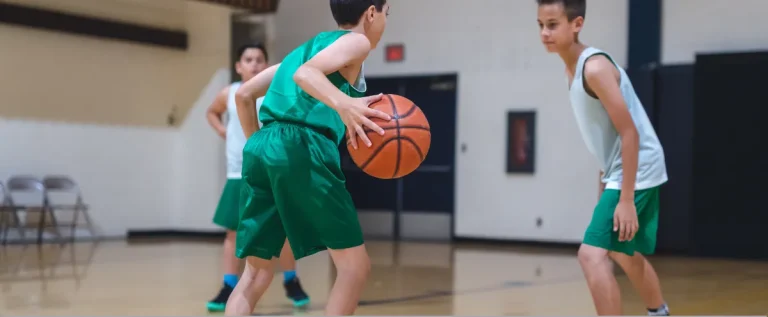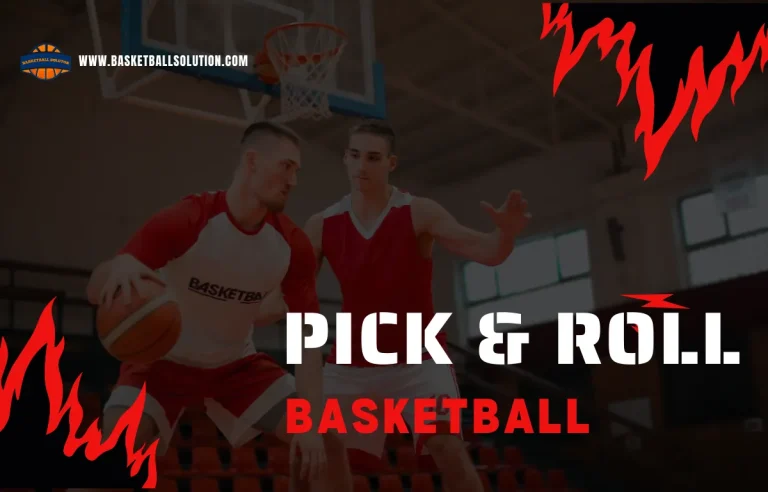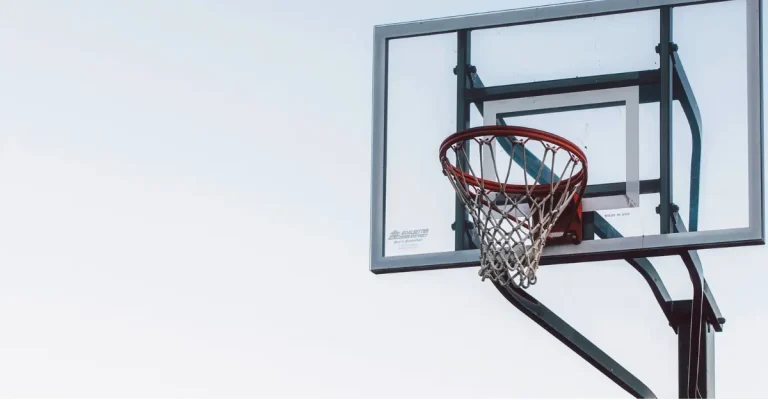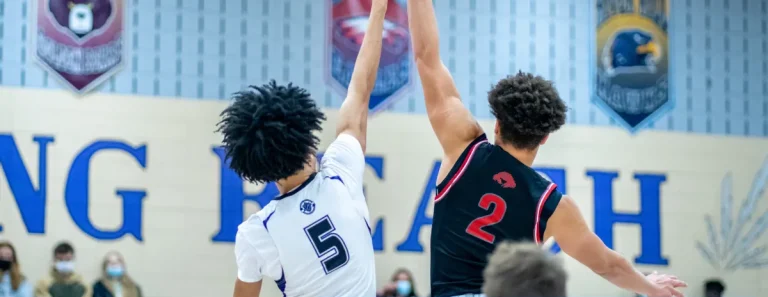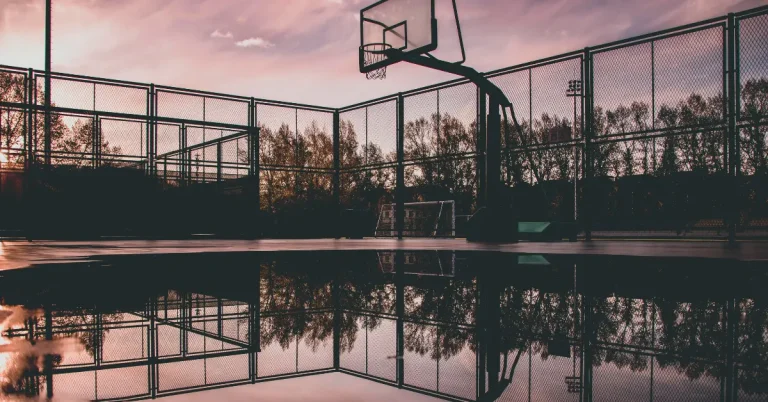What is a Reach-In Foul in NBA Basketball?
In NBA basketball, a reach-in foul happens when a player tries to steal the ball by reaching in and ends up fouling the opponent instead. It’s like trying to grab something quickly but accidentally bumping into someone instead. This foul can lead to penalties for the team and give the other team free throws. While it’s part of the game’s intensity, players aim to avoid reach-in fouls to stay in control and keep their team’s momentum going.
What is a Reach-In foul in basketball?
In basketball, a reach-in foul occurs when a defender reaches over the body of an offensive player in an attempt to take the ball or interrupt the action.
A reach-in foul happens when a defensive player enters the offensive player’s space and attempts to take the ball; the defender makes unlawful physical contact with the offensive player while stealing.
Referees in basketball face a challenge with reach-in fouls. These fouls can be tough to spot in real-time. To make fair and accurate calls, referees may need to review footage and consult with other officials. Taking this extra step is critical for ensuring the integrity of the game.
The foul is not called if the offensive player’s speed and balance are unaffected while making contact.
Reach In Foul Penalty
When a player commits a reach-in foul, the opposing team is awarded free throws. The number of free throws varies from league to league.
In certain leagues, one free throw is awarded, and in others, two to three free throws may be allowed. Reaching for fouls can have a big influence on a game’s outcome.
Some individuals argue that reaching it is not a foul at all. Players need to reach out and try to take the ball to block their opponents from going toward the basketball.
In basketball, the referees are responsible for making the final call on whether a reaching foul has occurred or not. All players on the court must respect their decisions, as they are trained to make fair calls.
Reach In Foul Signal
In basketball, the correct hand signal for a reaching foul is to cross both arms in front of the body to make an “X.”
The hand on the bottom of the “X” should be open and pointing downward, with the other arm curled into a fist and put on top of the open hand.
As you know, basketball is one of the fastest games. Sometimes we can’t recognize the illegal acts happening while playing the game. The referee started whistling when he observed that a foul had occurred.
Referees use whistles to communicate to coaches, players, and spectators that a foul has occurred. Simply stated, the forearms will form an X, with one palm open and the other fisted.
Read more: Basketball Hoop Buying Guide
Tips to Avoid Reach-In Foul
There are the following tips used to avoid attempting to reach in foul, such as:
- Move your feet: Avoid reaching in the ball with your hands try to move your legs and stay in front of the ball handler. The offensive player will feel it is hard to carry the ball, and it will break his momentum.
- Keep your hands up: Entering your hands into the offensive player area will result in unlawful contact. Therefore, keep your hands up and try to impede the passing path and shots.
- Stay balanced: In defending, the player should aim to maintain balance and know the importance of speed in a basketball game. Avoid attempting unusual or uncalculated shots, as they may lead you to lose balance and reach-in a foul.
- Watch the ball: Throughout the defensive method, keep your focus on the ball and keep an eye out for the attacking player’s next move. It will allow you to make rapid decisions and win the ball from the offense.
- Know your opponent: Always keep the opponent’s team capacity and individual abilities in mind. In this manner, you will prepare yourself for the current scenario and avoid the need to reach in.
Read more: Spin A Basketball On Your Finger
Why do Reach-in fouls happen?
Basketball is a game where teams compete to win. Players are allowed to steal the ball from their opponents to create opportunities for their teams to win.
This is a common occurrence in all basketball leagues and tournaments, including the NBA, college basketball, and the EuroLeague. According to the official NBA rulebook, the term “reach-in foul” is not a foul.
However, referees are still in charge of determining whether a player’s actions constitute a reach-in foul or not. Finally, players must follow the decisions of the officials and the game regulations.
Read more: NBA 5 Second Basketball Rule – 4 Types of Violation
Common misconceptions about reaching foul
The main misconception about reach-ins in basketball is that they always result in fouls. While they can lead to fouls if done improperly or if contact is made, not all reach-ins are against the rules. Understanding this can help clarify how reach-ins are viewed in the game.
They are on point to some extent because, according to the official rule book of the NBA, reaching it is not a direct foul.
Some individuals believe that reaching the offensive player is the only technique to take the ball.
Several strategies are used by professional basketball players to divert an offensive player’s attention and distort his focus.
How Frequently Do Reach-In Fouls Occur?
The frequency of reach-in fouls in basketball games can vary widely. It depends on the style of play of the teams involved, and the skill level of the players in the live games. Some games may have a high number of reach-in fouls called, while others may have very few.
In general, reach-in fouls occur more often when players are trying to steal the ball. This is true when a player is trying to make a play in a high-pressure situation, such as in the closing minutes of a close game.
However, it’s worth noting that referees are trained to recognize when a reach-in is a legitimate attempt to steal the ball and when it is a foul that deserves to be called. Therefore, not every reach-in attempt results in a foul being called.
Read Also: Assists in Basketball
What are Examples of Reach-In fouls?
Examples of reach in fouls in basketball include:
- Reaching across an opponent’s body in an attempt to steal the ball, causes contact with the opponent’s arm or hand.
- Attempting to poke the ball away from an opponent by reaching in and making contact with the opponent’s arm or hand.
- Swiping at the ball from behind an opponent and making illegal contact with the opponent’s arm or hand.
- Reaching in and making contact with an opponent’s body while attempting to steal the ball.
In each of these examples, the defender has made contact with the offensive player’s body or hand while attempting to steal the ball. This type of contact is considered a foul and can result in the opposing team being awarded free throws.
FAQs
Is reaching always considered a foul in basketball?
No, reaching is not always considered a foul in basketball. Reaching is only a foul when it involves making physical contact with the offensive player’s body. If a defender is able to reach in and knock the ball away without making contact, it is not a foul.
How can I improve my defensive skills in basketball?
To enhance your basketball defensive abilities, especially avoiding reaching, concentrate on your footwork, lateral quickness, and one-on-one defense. Additionally, focus on staying disciplined and not biting on your opponent’s fakes and misdirections.
Can reaching in be an effective defensive tactic in basketball?
Reaching, though occasionally effective, is not advised as a primary defensive strategy. It raises the foul risk and leaves defenders vulnerable. Opt for strong positioning and body control to deter opponents. Stay smart on defense.
What is the difference between reaching and stealing in basketball?
Reaching and stealing the ball in basketball have distinct differences. Reaching involves making contact with the attacker’s body or hand while stealing means snatching the ball without contact.
Can you reach around someone in basketball?
Reaching around someone in basketball is not recommended as it increases the risk of committing a foul. Instead, focus on staying in front of your opponent and using your body to block their path to the basket.
Conclusion
In basketball, players commonly employ the defensive tactic of reaching to steal the ball, but it can lead to fouls. To prevent fouls, players should prioritize maintaining solid defensive positioning and obstructing their opponents’ paths with their bodies. While reaching in can be effective in specific scenarios, it should not serve as the primary strategy. Ultimately, players must adhere to the referees’ rulings and respect the game’s rules.

Passionate basketball player striving for excellence on and off the court. Dedicated to the game since youth, I have honed skills through years of practice. Explore my journey, gear reviews, and dunking tips. Let’s elevate our game together!
